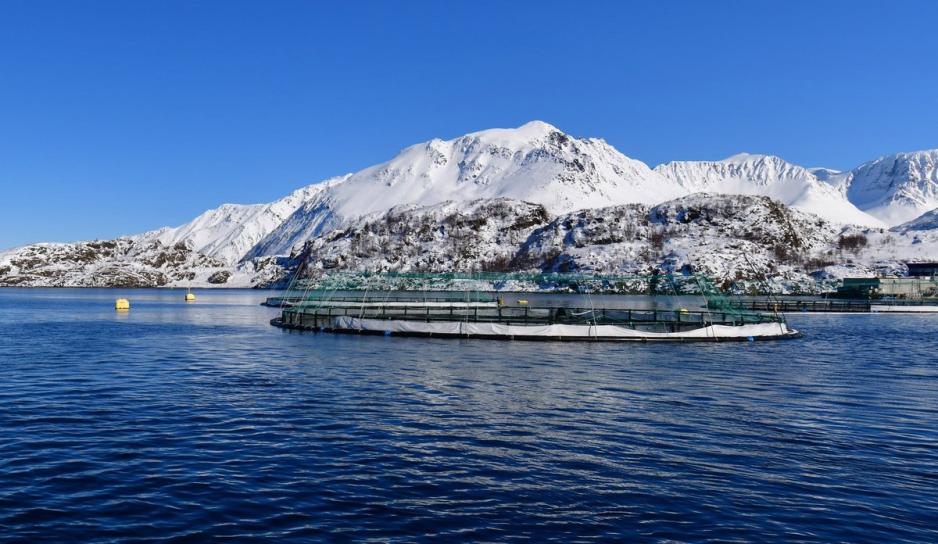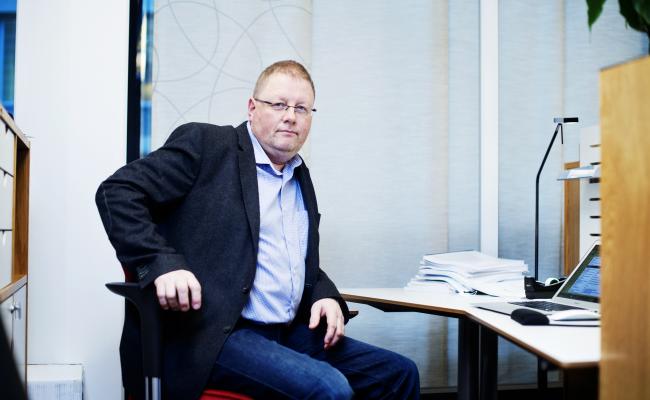How Salmon Farming Could Affect Cod, According To Researchers

Marine researchers at the Norwegian Institute for Marine Research are currently doing field work in Northern Norway for the SalCod project. (Photo: Thomas Bøhn / the Norwegian Institute for Marine Research)
The fish farming industry is expected to grow in the coming years, particularly in Northern Norway. Marine researchers have examined how salmon farming can impact the Northeast Arctic cod and coastal cod.
"To ensure sustainability along the coast, the environmental strain from aquaculture must be reduced, and we need solid knowledge about how aquaculture can affect the wild fish stocks along the coast."
The statement belongs to Marine Researcher Thomas Bøhn in an article from the Norwegian Institute of Marine Research. Bøhn and other ocean researchers have taken a closer look at how salmon farming impacts the Northeast Arctic cod and coastal cod.
Growth in aquaculture in Northern Norway
- The aquaculture industry is expected to grow in the coming years, particularly in Northern Norway. The North has larger areas and fewer salmon louse issues than Norway's southwest.
- In addition to untouched nature, Northern Norway has one of the world's richest fish resources: the Northeast Arctic cod and relatively large stocks of local coastal cod.
Source: The Norwegian Institute of Marine Research.
Spill-over waste feed, contamination, and noise
In a recent article in the journal Reviews in Aquaculture, Bøhn and other marine researchers identify and discuss the seven most important sources of risk to the cod.
"These could potentially lead to changes in behavior, physiology, and the survival of the cod," explains Bøhn.
The seven presumed most significant sources of risk for the cod are:
- Cod is attracted to salmon farms. Waste food, smaller forage fish, and artificial light may lead cod to seek out the facilities.
- Cod is repelled by salmon farms. Activity, noise, and leaking chemicals linked to the farm operation may scare wild fish from the facilities.
- Altered fatty acid composition from plant feed: Fish feed is made from plant-based ingredients, and the fatty acid composition is, therefore, different from that of the cod's "usual" meals.
- Increased growth from excess feed near the facility: better access to food may cause the cod to grow faster.
- Emission of toxic chemicals and nutrients: Chemicals from the delousing and antifouling protection of net pens may leak into the cod's environment.
- Alteration in availability of prey species: Emissions may impact the ecosystems near the facilities, and the cod's access to food may be changed.
- Disease transmission. If wild fish gather around the facilities, there will be increased contact rates between farmed and wild fish and between different species of wild fish. The risk of transmission increases with a high density of individuals.
The marine researchers add that climate change is an additional risk source, increasing the total strain on the cod.
A starting point to prevent negative effects
Bøhn highlights spill-over feed as an area in need of more research.
"Large amounts of spill-over feed, probably 60,000-100,000 tons per year, may lead to wild fish gathering around the farming facilities, which may change the interactions and the whole of the ecosystem," says Bøhn and adds:
"For the cod, behavior related to grazing, spawning, and migration could change, and the fatty acid composition can lead to death in vulnerable life stages. The gathering of many individuals around the facilities also results in a higher risk of disease transmission."
The marine researchers suggest that the seven presumed sources of risk are a good starting point for preventing or limiting negative impacts on cod stocks.
"By analyzing the problem, we can find solutions," says Bøhn.
The SalCod project
The project aims to comprehensively assess how salmon farming impacts wild cod stocks in coastal areas in the North.
The SalCod project is funded by the Norwegian Research Council.
To figure out whether salmon farming affects cod, the project focuses on these areas:
- Behavior for grazing, spawning area, and migration
- Physiology, growth, and sexual maturation
- Recruitment and survival in different life stages





